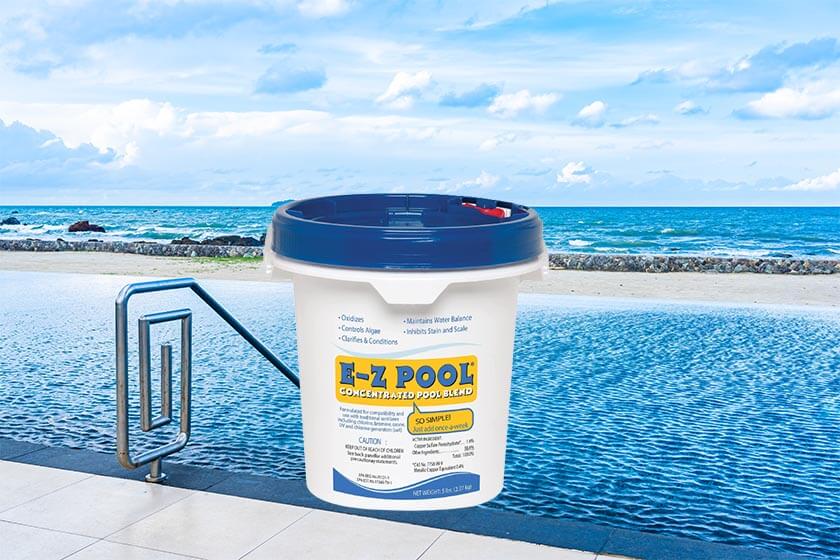What is the pool chlorine chemical formula? Swimming pools are a favorite spot during the warm weather season. Despite this, pools can be breeding grounds for bacteria, algae, and sometimes even parasites. To ensure that you, your family, or your friends do not contract any waterborne diseases while enjoying a swim, the water in your pool must be clean and sanitary.
Tens of thousands of people are affected by chlorine-related illnesses every year. Centers for Disease Control and Prevention (CDC)reported illness caused by bacteria in pools is diarrhea, based on an analysis of outbreaks between 2002 and 2004. Another study conducted at the Catalan Institute of Water analyzed chlorine exposure symptoms in children and determined that ingestion was the most likely route of exposure.
PCB (Polychlorinated Biphenyls) concentrations have been shown to affect immune function and have been associated with increased susceptibility to respiratory infections and asthma and immune suppression in adults.
The formula of pool chlorine that is typically used is:
4 NaCl + Ca(OH)2 -> 4 NaOH + CaCl2
Iodine, Bromine, and Chlorine are covalently bonded to the sodium. This allows the chlorine to be a strong oxidizer. The free chlorine portion of these chlorides (Cl2) oxidizes the contaminants in the pool.
Related: What happens if you put too much chlorine in a hot tub?
What is pool chlorine made of?
Pool chlorine is basically a chemical compound used to control a swimming pool’s pH levels. Its primary purpose is to keep the water safe for swimmers, filter out organic matter and keep the greens of your pool healthy.
The process to make the pool chlorine begins with the first ingredient: salt. And then, by processing this salt with many other chemicals, it finally becomes pool chlorine, ready to be used.
The pool chlorine is also called dichlorine monoxide. It is a yellowish-green gas at normal temperature and pressure. It is unstable in nature and may get decomposed by the light. Pool chlorine is commonly available in the form of tablets or powder.
The pool chlorine is made of salt, limestone, and coke. Making the pool chlorine includes mixing salt and limestone in water, and then the mixture is boiled to get rid of impurities from seawater or lake water.
The next step involves passing chlorine gas through this mixture to form chlorides. The thus formed chlorides are treated with coke to produce dichlorine monoxide in the last process. This yellowish-green gas is used as pool chlorine.
Is pool chlorine the same as bleach?
Pool chlorine vs. bleach – since almost the beginning of time, pool owners have been using chlorine to maintain the cleanliness of their pool water. The introduction of products like shock and swim and less time spent on manual pool care has increased the number of people that chlorinate their pools. Some estimate that 60% to 75% of pool owners chlorinate their pools.
Pool chlorine, also known as stabilized, dry, or granular chlorine, is a chemical compound of salt, manganese dioxide, and calcium hypochlorite. It is used in most public and private swimming pools, hot tubs, and spas to treat and sanitize the water. It is also utilized in many industrial processes. Pool chlorine is not the same as bleach. I think now you know what is the pool chlorine chemical formula?
See also:
